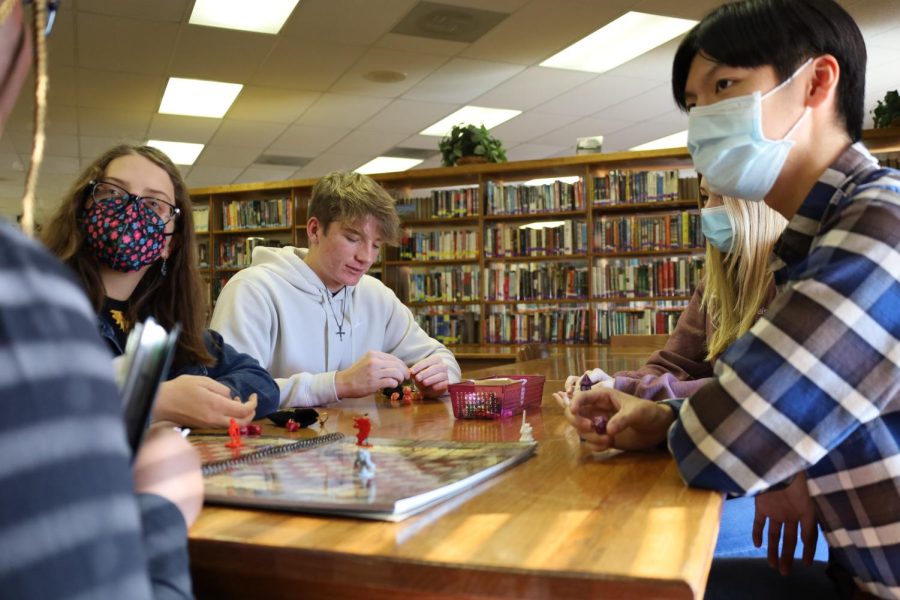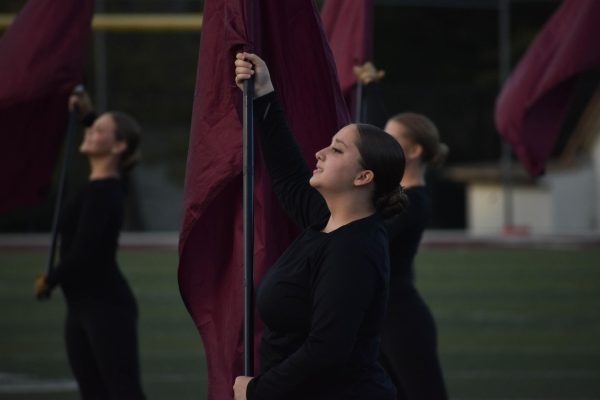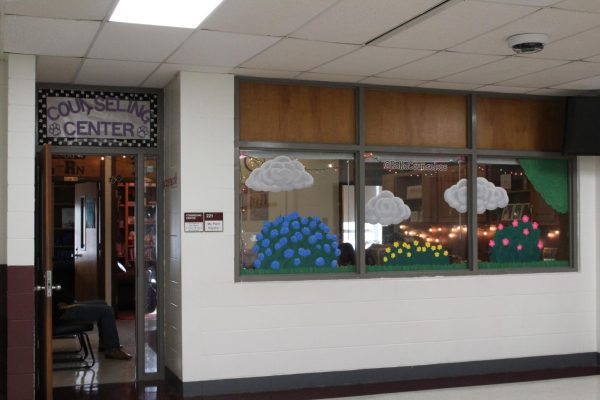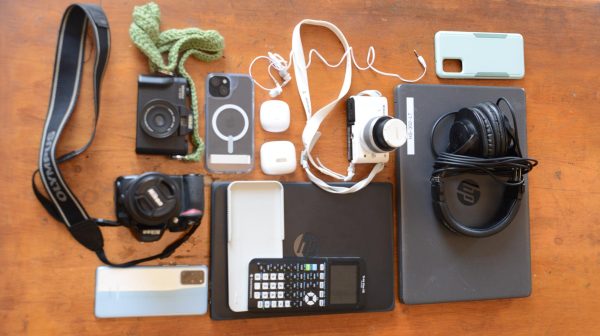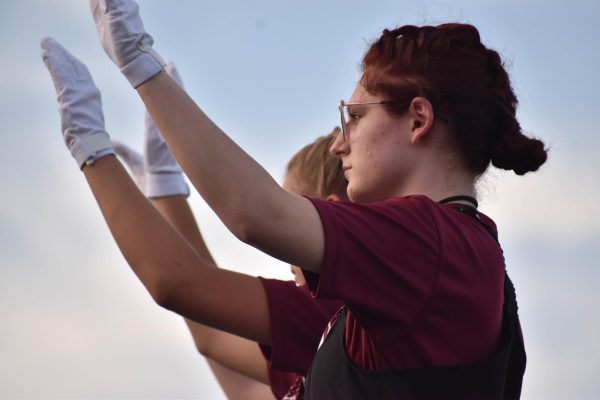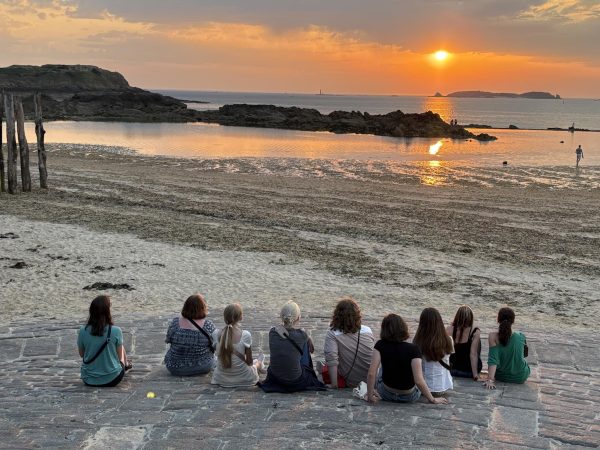Dungeons and Dragons makes an appearance in classroom
It is not an uncommon sight to see teachers doing different lessons than the regular lectures, worksheets, and quizzes. But for English teacher Natasha Green, Dungeon and Dragons (D&D) is a part of her lesson plan. For those who aren’t aware, D&D is a very popular role-playing tabletop game that allows people to come together and collaborate to play.
“I hadn’t really heard of anybody doing it [playing D&D],” said Green. “I created everything from scratch.”
This planning did not just occur overnight.
“It took a lot of hours of preparation, but I decided to try it [playing D&D in class],” said Green. ”I think the first time I did it was with a mythology class. I worked it in so that they could kind of create the myth of their character, and they could tie it to myths that we had read, if they wanted, and it sort of grew from there.”
Green has seen how different students react to the idea of playing the game.
“Students who have heard about it, or have played it before, are usually just elated. They’re excited and can’t wait. Students who have no clue what it is are a little more hesitant about it.” said Green.
Green believes that playing D&D grows students’ communication skills.
“They are forced to learn that if they don’t communicate clearly, there can be misunderstandings,” said Green. “So, if they don’t speak up and tell the Game Master, the person who’s guiding the story, exactly what they’re trying to do, then it could go wrong because they haven’t communicated effectively”.
Green also has her students complete a written reflection at the end of the D&D unit.
“It was always fun that when I get the reflections, I can see the different elements of what they kind of gleaned from it, what they got out of it, and even how they were appreciative,” said Green.
Junior Evan Huang, who had never played D&D before Green’s class, was very fascinated by parts of the game.
“I thought it was very intriguing to see that there’s so many possibilities that can branch off from just one decision, ‘’ said Huang.
D&D is a very complex game and can be hard to understand at first.
“There’s a lot of aspects, so I would say it’s hard to learn, but it can be very fun later on,” said Huang.
Senior Lizzy Patton was also a first time player in Green’s class who had some difficulty learning all the rules, but there were also many parts she enjoyed.
“There were just a lot of little rules that I had to memorize, but the rolling of the dice was fun. Combat was fun, but like the other aspects of interacting with different characters was a little difficult.”
Patton was inspired to continue to play the game after Green’s D&D Unit ended.
“I’ve actually joined an outside of school campaign,” said Patton.
Senior Ashley Tyler was an experienced D&D player when she participated in the D&D unit in Green’s class. She noticed some differences between the way Green had the game set up and the way she had played it before.
“We didn’t have to stress about making the story, unlike in my other D&D campaign where we had to build the story from the ground up,” said Tyler.
Playing D&D in the class encourages students to socialize with people they usually might not talk to.
“I didn’t know anyone in my group,” said Tyler. “And now when I see them out of school, I can actually talk to them and be like, ‘Oh, how are you doing?’ I can start a conversation because I know who they are now.”
D&D is a very effective tool in getting students engaged in classroom activities.
“With the students where, sometimes it’s hard for them to get their paper and pencil out, they would come into class [during this unit] and they were grabbing the stuff and saying, ‘go get ready, get ready. We’ve got to start as soon as the bell rings,’” said Green.

My name is Samantha. This is my first year writing for echo. I also participate in band, Academic team, and FIDO but my favorite thing to do is play Animal...



